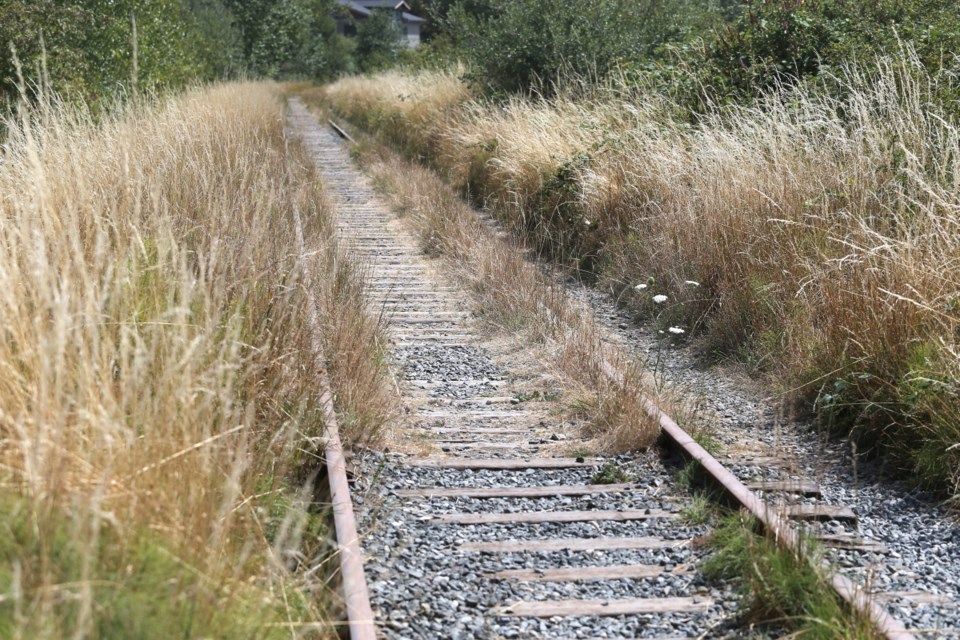The Snaw-Naw-As First Nation has lost a court appeal to regain a portion of E&N Railway land, but a door has been left open that could determine the future of the line.
The B.C. Court of Appeal has given the federal government 18 months to decide whether it wants to restore the rail line and is willing to help fund it.
The E&N used to run between Victoria and Courtenay, with a leg to Parksville. But it has not provided passenger service since 2011 due to the poor condition of its tracks. A remaining section of the line is used for freight traffic out of Nanaimo.
The First Nation wants to regain land designated as a railway right-of-way that cuts through its reserve. It says the right-of-way blocks development, causes economic losses and affects the cultural importance of the land.
The Island Corridor Foundation, which owns the corridor, has promoted the idea of restoring the railway and introducing a commuter service between Langford and Victoria. Estimated costs are in the hundreds of millions of dollars and the foundation is looking to senior levels of government for financial support.
In a two-one decision released Tuesday, Justice Barbara Fisher and Justice Patrice Abrioux of the B.C. Court of Appeal dismissed an appeal from the Nanoose-based First Nation.
The First Nation went to court against the Island Corridor Foundation and the federal government seeking two declarations: that the right-of-way running through its reserve was not being used for a railway, and that the land must revert to the Crown for use and benefit of the First Nation.
The portion of the right-of-way land running through the reserve has been held as part of the E&N Railway since 1912.
Snaw-Naw-As First Nation lost its original case in July 2020, when the B.C. Supreme Court judge decided the right-of-way had not ceased to be used for the purpose of a railway.
The B.C. Court of Appeal decision said that for the land to revert to the Crown, there must be no intention or likelihood of restoring the railway, yet the foundation plans to restore it to run a railway providing it gets enough money from government.
Although the province has put funds into a study examining the possibility of a railway, the federal government has not been part of the process since 2017, it noted.
But with additional information about the railway’s condition now available, along with an assessment of the amount of work needed to restore service and projected costs, the B.C. Court of Appeal gave the federal government 18 months to determine whether it will approve funding for infrastructure improvements on the segment of the corridor that includes the reserve.
Chief executive Larry Stevenson said the Island Corridor Foundation was pleased with the court’s decision and the dismissal of the appeal, and plans to study the implications of the ruling.
Snaw-Naw-As Chief Gordon Edwards said the First Nation is also examining the decision and did not have an immediate comment.
In his dissenting opinion, Justice Peter Willcock said he would have ordered that the land be returned to the Crown as reserve lands for the use of the First Nation.
“The right of way is not actually required for railway purposes,” he said. “Service on the relevant line has completely ceased, the railway is incapable of restoring it and there is no plan to do so.”



